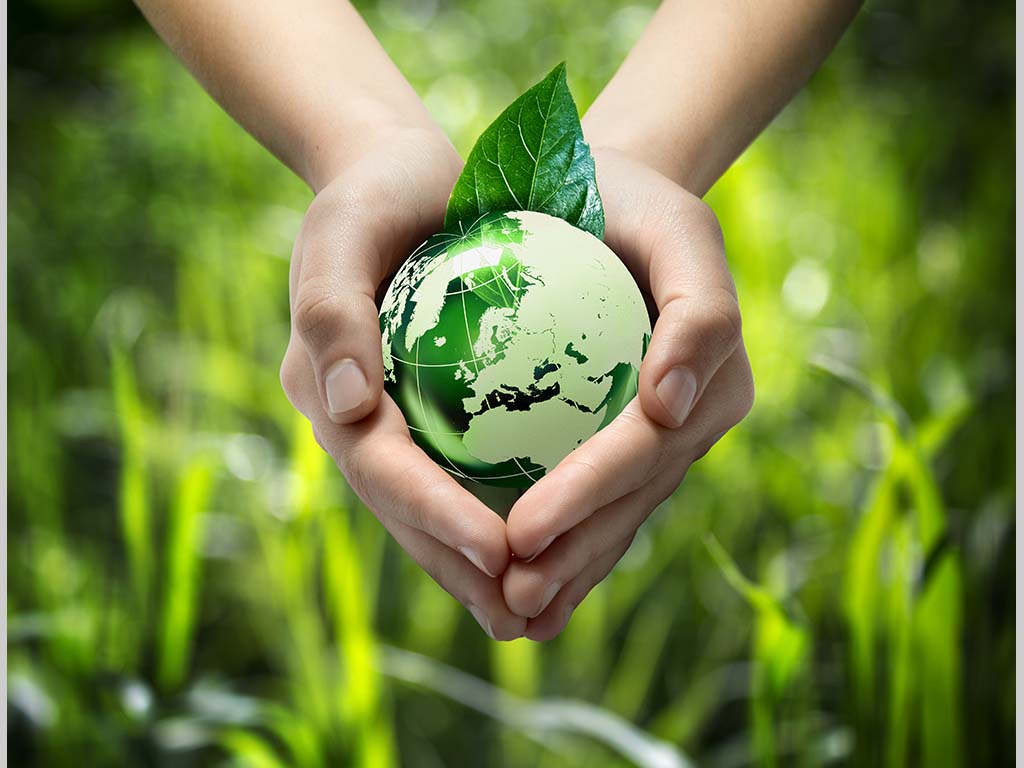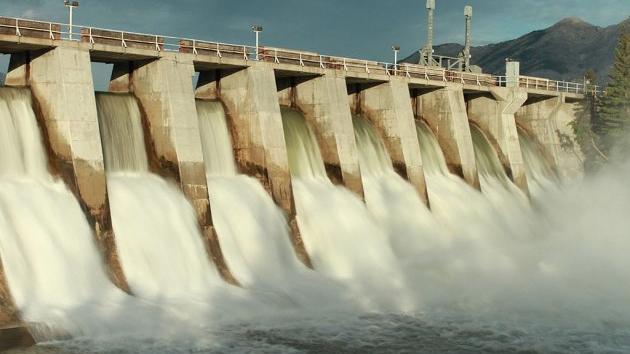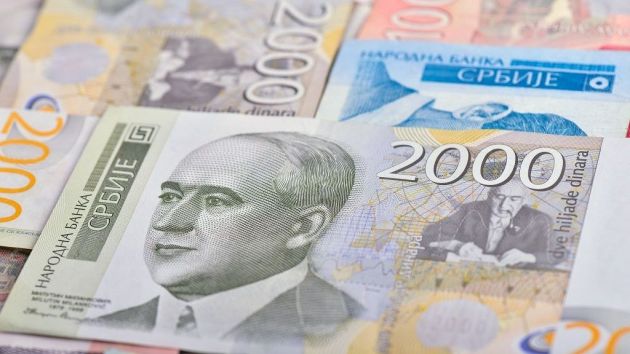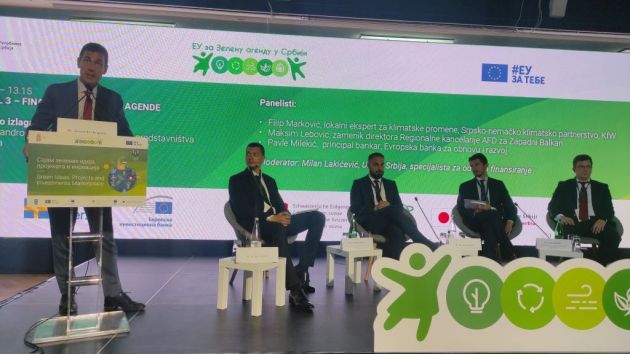Six Scenarios for Greenhouse Gas Emissions – Strategy of Low-Carbon Development of Serbia Adopted
Source: eKapija
 Wednesday, 28.06.2023.
Wednesday, 28.06.2023.
 15:01
15:01
 Wednesday, 28.06.2023.
Wednesday, 28.06.2023.
 15:01
15:01
Illustration (Photo: Romolo Tavani/shutterstock.com)

As said, the aim of the Strategy is to support the Republic of Serbia in meeting the obligations from the Paris Agreement. Another goal is to present the possibilities and recommend the desirable options for harmonizing the levels of Serbian emissions of greenhouse gases with those in the EU, in an economically acceptable and socially just way.
For said purpose and to the end of estimating the various options of mitigation, six scenarios have been developed for greenhouse gases, whereas the Strategy sets the path until 2030 and proposes a range of possibilities until 2050 – the main scenarios, B1 and B2 (which don’t entail the implementation of new measures directed at reducing GHG emission), and four scenarios for mitigation (directed at reducing GHG emissions, including the implementation of EU legislation).
The main scenario
Scenarios B1 and B2 assume that there will be no other climate policies and measures except for those adopted until 2015, whereas B1 does not consider the full implementation of the Third Action Plan for Energy Efficiency (Republic of Serbia Official Gazette, no. 1/17) and the National Action Plan for the Use of Renewable Energy Sources (Republic of Serbia Official Gazette, no. 53/13), which are the obligations from the Energy Community Treaty. Therefore, scenario B1 is not considered relevant to the Strategy.
According to scenario B2, emissions will increase 2.5% by 2025, 3.2% by 2030 and 10.7% by 2050 compared to the 2010 levels.
For the year 2030, an increase in the energy industry, transportation and an increase of fugitive emissions and emissions from the IPPU sector are projected. It is shown that, in the same period, the emissions in the production industry and construction, other sectors (residential and office), agriculture and waste, will be reduced. In 2050, there will be a reduction of emissions from the production industry, other sectors and waste. In all other sectors, they will increase.
Scenarios of mitigating GHG
The mitigation scenarios considerably deviate from the trend of emissions of Serbia from the main scenario B2, beginning with the reduction of GHG emissions from 2020.
Scenario M1: The main scenario B2 with the implementation of EU-ETS (European Union Emissions Trading System). The scenario M1 shows that the implementation of the carbon price is not sufficient for the promotion of the introduction of RES until 2030, even up to the level of the current obligation toward the Energy Community, which is set at 27% of the gross final consumption until 2020. Therefore, this scenario is excluded from further analysis within the Strategy.
Scenario M2: The implementation of the entire EU legislation, fully transposed and implemented, whereby a reduction of GHG of 33.3% compared to 1990 and 32.3% RES20 compared to 2030 is achieved, whereas the final goals for the share of RES in the gross final consumption of energy and the increase of energy efficiency in 2030 will be defined by the Integrated National Energy and Climate Plan. To the end of increasing the ambition and contribution to the realization of the goal of 1.5 degrees Celsius, two additional scenarios are being developed.
Scenario M3: The Republic of Serbia individually achieves the EU goals for 2030 (which entails a reduction of GHG of 40% compared to 1990, 32% of RES by 2030 and an increase of the energy efficiency of 32.5%).
Scenario M4: The Republic of Serbia is striving to achieve an 80% reduction of GHG emissions in 2050 compared to 1990.
All the scenarios are developed using the models which are also used in the EU for defining the goals and courses of action for period until 2020, 2030 and 2050 and the matching policies and measures, whereas the national circumstances are taken into consideration as well.
The preparation of the Strategy was run by the Ministry of Environmental Protection as the institution in charge. It was prepared with the financial and technical support of the EU during the IPA project “Climate Change Strategy with the Action Plan”, whereas the Strategy is mostly the result of close cooperation and constant consultations with the relevant interested parties, public administration organs, public and private sectors and civil society organizations).
Take a look at the strategy below the article.
Click for the PDF file.
Tags:
Government of Serbia
Ministry of Environmental Protection
Strategy of Low Carbon Development of the Republic of Serbia
Paris Agreement
Comments
Your comment
Naš izbor
Most Important News
Full information is available only to commercial users-subscribers and it is necessary to log in.
Follow the news, tenders, grants, legal regulations and reports on our portal.
Registracija na eKapiji vam omogućava pristup potpunim informacijama i dnevnom biltenu
Naš dnevni ekonomski bilten će stizati na vašu mejl adresu krajem svakog radnog dana. Bilteni su personalizovani prema interesovanjima svakog korisnika zasebno,
uz konsultacije sa našim ekspertima.


 Izdanje Srbija
Izdanje Srbija Serbische Ausgabe
Serbische Ausgabe Izdanje BiH
Izdanje BiH Izdanje Crna Gora
Izdanje Crna Gora


 News
News












